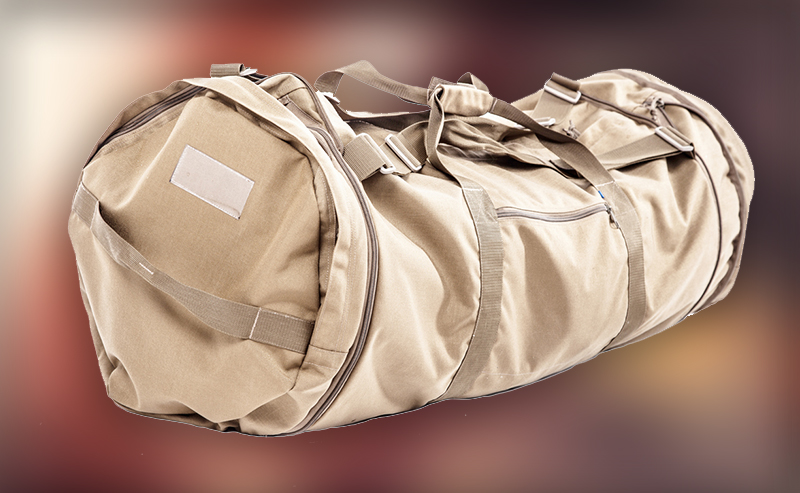If you had only five minutes to walk through your offices and gather essential items (knowing that you had to relocate business operations for a week or more), what would you choose? Laptops, software, data back-ups, paper files, cash/credit cards, a checkbook? How about a copy of your organization’s Continuity of Operations (COOP) plan? Enter the need for a well-equipped and purposely placed drive-away kit.
A drive-away kit (aka a “grab n’ go” kit, go kit, or relocation kit) is a collection of pre-packed essential items commonly used to 1) establish recovery operations during the onset of relocation to an alternate facility, and 2) maintain an organization’s most critical operations during the first few days following a continuity event.
Most of the time, drive-away kits are kept on-site (near a doorway or exit) or off-site (away from the primary facility) for quick and easy access. Regardless of its location, personnel know to grab the kit and take it with them during a business disruption, building evacuation, etc. And, if necessary, to take it to the alternate facility for immediate unpacking and use.
A well-equipped drive-away kit may include: the entry code or floor plan of the alternate facility, vital records, important phone numbers, manuals (paper or digital), or other valuable items. And, as previously suggested, a copy of your organization’s COOP plan!
Consider the following best practices as you pack your organization’s drive-away kit:
1) Think strategically, think necessities
2) Don’t try to include everything from normal operations – this is for short-term recovery operations only
3) Be sure to include unique items that cannot be replaced easily
4) Refresh the kit annually, if not semi-annually, to ensure contents are relevant and up to date
5) If you use the BOLDplanning.com platform for COOP planning, update the contents of your drive-away kit online
If your organization doesn’t have a drive-away kit or it’s been a while since you last looked at what’s inside, take time out to do so now. After all, it’s a whole lot easier to pick (and pack) the right things ahead of a continuity event than when you’re in the thick of one.






